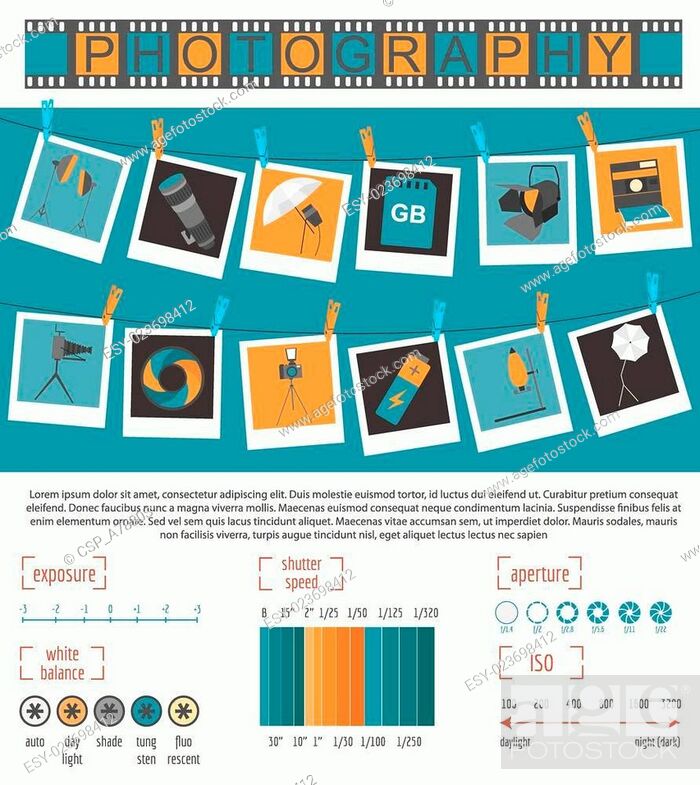What Every Photographer Should Know About Lighting
What Every Photographer Should Know About Lighting
Blog Article
Content Author-Beck Polat
As a photographer, you recognize that lights can make or break your photos. Recognizing the subtleties of both natural and fabricated light is necessary for capturing the mood and clarity you go for in your work. Whether you're chasing the ideal gold hour glow or fine-tuning your synthetic configurations, understanding these components can raise your digital photography substantially. But there prevail risks that lots of overlook, and recognizing them can change your approach to every shoot. Let's explore what you could be missing and just how it can impact your results.
Comprehending All-natural Light
Understanding natural light is essential for any digital photographer seeking to enhance their work. It's the structure of fantastic photography, affecting mood, tone, and clarity. When Headshots for linkedin fire outdoors, focus on the time of day. The golden hour-- quickly after daybreak and before sunset-- provides soft, cozy light that can change regular scenes right into stunning photos.
Don't ignore the power of overcast days. Cloud cover diffuses sunshine, producing a soft, even light that's best for pictures and macro digital photography. You'll locate colors appear this sort of lights without harsh darkness.
Placing issues, also. Constantly consider your subject's orientation to the light. If the sun's behind your subject, you might end up with a shape, which can be remarkable but mightn't be what you want. On the other hand, straight sunlight can develop uncomplimentary darkness.
Trying out angles; sometimes, transforming your point of view can yield remarkable outcomes. Usage take a look at the site here -natural reflectors, like water or sand, to bounce light onto your topic, adding measurement.
Learning Artificial Light
Understanding synthetic light is vital for digital photographers that wish to take their skills to the next level. Whether you're utilizing speedlights, studio strobes, or constant lights, recognizing how to control these resources can dramatically enhance your images.
Beginning by familiarizing yourself with the fundamentals of light quality, instructions, and shade temperature level. Trying out different modifiers like softboxes, umbrellas, or grids to manage the gentleness or violence of the light.
You'll find that soft light usually produces flattering outcomes, while harsher light can add dramatization and deepness. Do not shy away from shadows; they can enhance the three-dimensionality of your topics.
Pay close attention to the positioning of your lights. A light positioned as well close to your subject can develop unflattering results, while as well far can result in an absence of information. Make use of a light meter or your camera's pie chart to guarantee you're exposing correctly.
Lastly, remember that man-made light can be combined with ambient light for imaginative impacts. Balancing these resources could take method, but once you understand it, your digital photography will truly shine.
Techniques for Different Circumstances
When you enter various capturing circumstances, adjusting your lights techniques is important for catching the most effective photos. For exterior pictures, make use of the golden hour-- early morning or late afternoon light-- to soften shadows and improve complexion.
If it's an extreme noontime sun, think about making use of a reflector to jump light back onto your topic or seek shaded locations for a more also direct exposure.
In low-light situations, like indoor occasions, raise your ISO and make use of a wide aperture to allow in even more light. A tripod can aid remove electronic camera shake, enabling longer exposures without obscuring.
If you're contending night, try out off-camera flash to develop dynamic illumination and depth in your photos.
For product digital photography, utilize diffused lights to prevent harsh reflections. Softboxes or light tents can aid achieve this result.
When photographing landscapes, consider the direction of light and time of day, as it can substantially alter the state of mind of your shot.
Always prepare to adjust your setups and placing based upon the situation, as versatility is crucial to mastering lighting in digital photography.
Verdict
In conclusion, grasping lights is key to boosting your digital photography skills. Embrace natural light's charm during gold hour, and do not avoid try out man-made light methods. By adjusting your method to various situations, you'll catch spectacular images that reverberate with emotion and clearness. Keep in helpful site , the appropriate illumination can transform a normal shot into something phenomenal, so maintain exercising and fine-tuning your understanding of both natural and fabricated light. Satisfied shooting!
